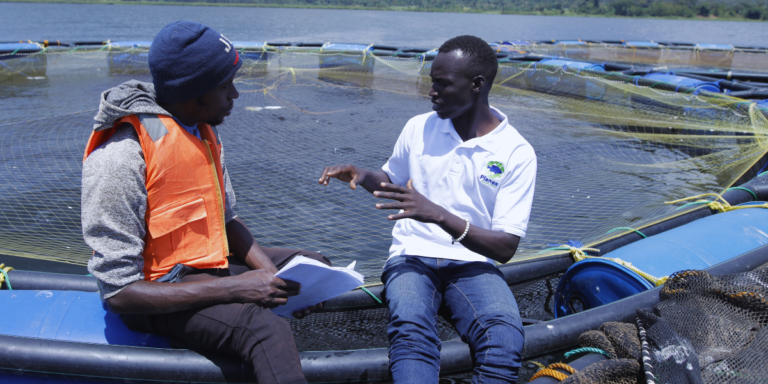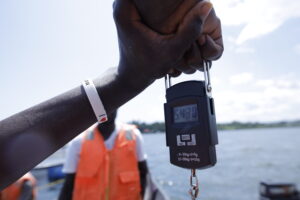
Do you know where the fish you eat comes from? Whenever you eat fish, chances are many that it was farmed.
Fish farming can easily be carried out at commercial level when you have the basic knowledge and skills to manage it. There are several advantageous reasons for dealing in aquaculture over other agribusinesses which include: Growing demand of animal proteins; With a growing population there are more people who need to eat and fish is one of the healthiest and affordable options of animal protein. Business growth due to a wide range of markets from local up to international level. When done well, Fish farming also causes minimal harm to the environment much less than poultry or livestock farming. Being a fast growing sector, aquaculture is also experiencing constant technological advancements making it fun and engaging to keep up to speed with global best practices.
What is Aquaculture?
Aquaculture is the farming of aquatic organisms, including fish, crustaceans, mollusks, and aquatic plants. It involves breeding, raising, and harvesting these organisms in a controlled environment, such as tanks, ponds, or cages. (Halwart & Gupta, 2004).
Aquaculture is not only vital for food security, but it also has several economic, environmental, and nutritional benefits. The industry provides employment opportunities, especially in developing countries, where over 90% of aquaculture production occurs (FAO, 2018). Additionally, aquaculture has a lower impact on the environment than traditional fishing methods, as it does not deplete wild fish populations or harm sensitive aqua ecosystems. It also produces less greenhouse gas emissions and uses less water than traditional agriculture (FAO, 2018). Finally, fish are an excellent source of high-quality protein, omega-3 fatty acids, vitamins, and minerals, making them an essential component of a healthy diet.
Aquaculture status and trends
Aquaculture has become an essential industry due to several factors, including food security, the growing population, rising incomes, and the resulting increasing demand for animal protein. With the world’s population expected to reach 9.7 billion by 2050, the demand for fish is expected to rise significantly. However this growing demand for fish has put significant pressure on wild fish populations, leading to overfishing and depletion of fish stocks. As such it is no surprise that aquaculture is an increasingly critical sector feeding populations and growing economies (FAO, 2018).
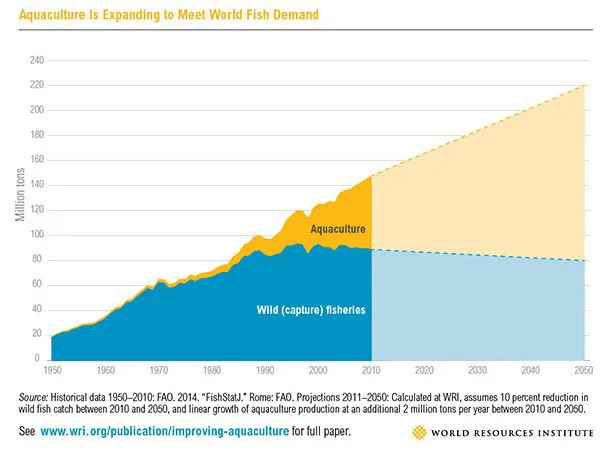
With these benefits in mind, it’s easy to see why aquaculture is such an essential industry. In the following sections, we will explore the basics of aquaculture, its current state in East Africa, and the benefits of investing in this fascinating industry.
Aquaculture in East Africa
Aquaculture is becoming increasingly important in East Africa, where demand for fish is high but wild fish stocks are declining. Uganda, in particular, has seen significant growth in the aquaculture industry in recent years, with more than 200,000 people now employed in the sector (B.Adeleke et al, 2020).
However, the aquaculture industry in East Africa faces several challenges, including inability to satisfy the market due to lack of investment, inadequate infrastructure, limited access to quality fish feed and technical knowledge. (Kagumire, 2018) Despite these challenges, there is tremendous potential for the aquaculture industry to meet the growing demand for fish products in the region.
How is Aquaculture Done?
There are various types of aquaculture, each with its own unique characteristics and methods. Some of the most common types of aquaculture include freshwater aquaculture, marine aquaculture, and aquaponics.
Freshwater aquaculture
Freshwater aquaculture involves the cultivation of freshwater organisms (fish and other aquatic organisms) in ponds, tanks, or cages. In East Africa, aquaculture is most commonly used for species such as tilapia, catfish.
Marine aquaculture
It involves the cultivation of fish and other marine organisms such as shrimp, oysters, and seaweed in the ocean or in land-based facilities. In East Africa, it is practiced in Kenya and Tanzania who have access to the sea/ocean
Aquaponics
This combines fish farming with hydroponics, a method of growing plants without soil. In an aquaponics system, fish are raised in tanks, and the nutrient-rich water is used to feed and fertilize plants grown in water-based beds.
Key steps in fish production
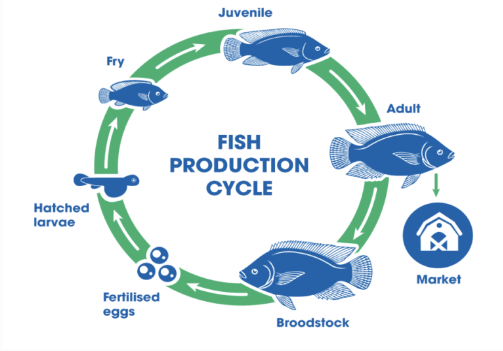
Broodstock selection and spawning: The process of selecting and breeding fish to produce offspring with desirable traits. Hatchery: The eggs are incubated and hatched into fish fry. Nursery: The fry are raised to juvenile size. Grow-out: The juvenile fish are grown to market size. Harvest: The fish are harvested and processed for sale.
Production systems in fish farming
There are several aquaculture systems that are used in fish farming depending on factors like; available resources, location, market demands, among others. The following aquaculture systems are the common systems being utilized in fish production; pond culture, cage culture, recirculating aquaculture system (RAS), raceways and aquaponics.
Cages are most productive and profitable followed by ponds culture in East Africa. Therefore when considering aquaculture as a business, those are the first two aquaculture systems to priotize

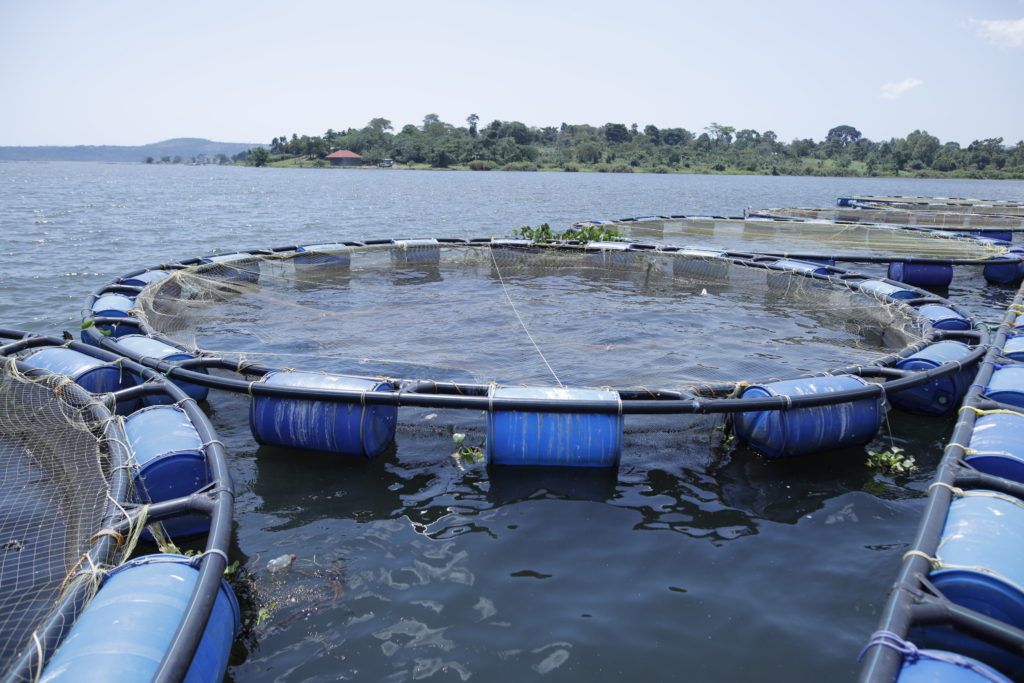
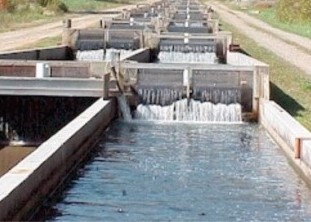

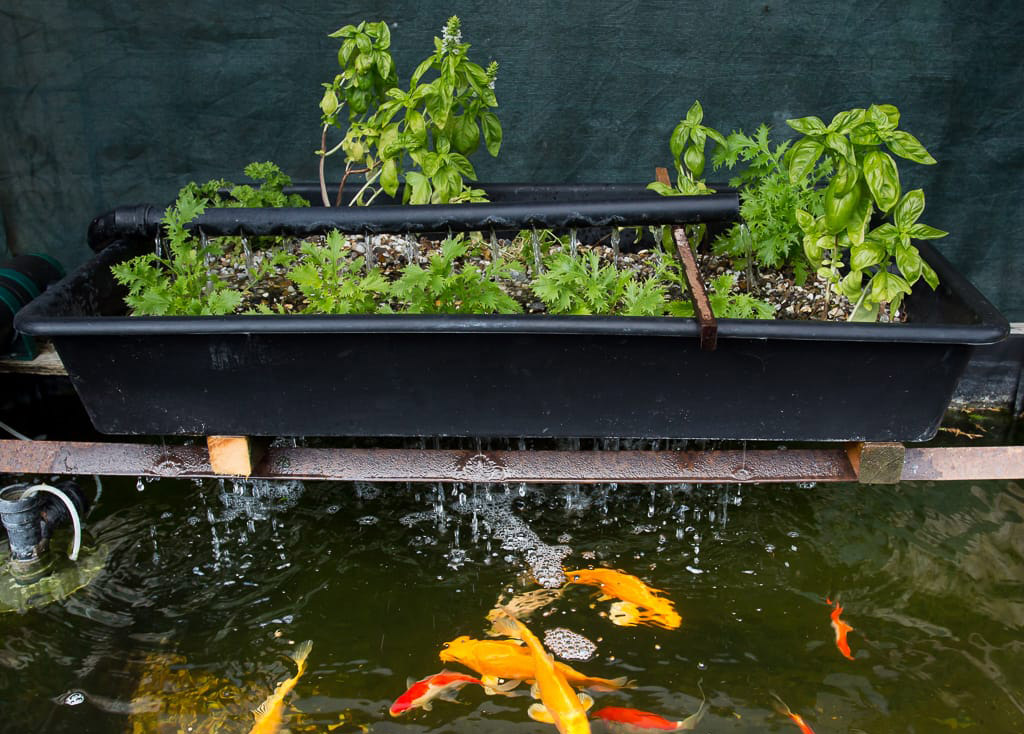
Common Fish Species reared in East Africa
There are many fish species that are commonly farmed in aquaculture, with tilapia being one of the most popular. Other common species include catfish and carp. The species farmed depends on the location, climate, and market demand.
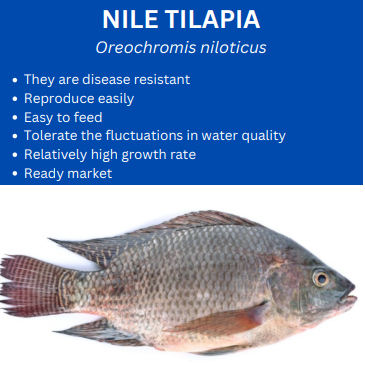
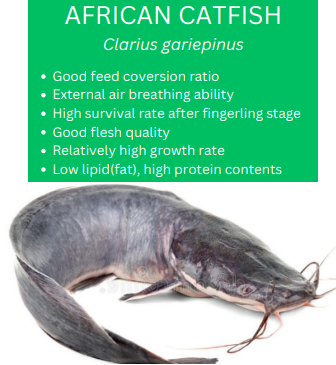
Why Invest in Aquaculture?
Investing in aquaculture can provide a range of benefits, including high profits, low environmental impact, and food security. Fish farming can be a profitable business, with high-value fish species such as tilapia commanding premium prices in export markets. Fish farming also has a lower environmental impact than other forms of animal agriculture, making it a more sustainable option. Then also, investing in aquaculture can help to improve food security by providing a reliable source of nutritious food for local communities.
The global demand for fish and seafood products is growing rapidly, driven by population growth, rising incomes, and changing consumer preferences. According to the FAO, global fish production is projected to increase by 17% by 2030, with aquaculture accounting for most of the growth (FAO, 2022). In East Africa, there is a huge potential for growth in the aquaculture industry, as the region has abundant freshwater resources and a large and growing population.
Benefits of Aquaculture
Aquaculture offers a range of benefits to society, the environment, and the economy. Here are some of the most important ones;

Aquaculture provides economic benefits to countries and communities through employment opportunities, income generation, and foreign exchange earnings. In addition to employment, aquaculture also generates income for individuals and communities. Fish farming can be a profitable business if done correctly, and many small-scale fish farmers in Uganda have reported increased incomes from selling their fish (WFF, 2019).

Aquaculture can be an environmentally sustainable alternative to wild-caught fish, which can be overfished and lead to the depletion of fish stocks. In addition, can also help to restore degraded aquatic ecosystems. For example, in East Africa, there have been successful efforts to use fish farming to restore degraded wetlands and provide habitat for threatened fish species (IWMI, 2021). According to a report by the World Wildlife Fund (WWF), fish farming has a lower carbon footprint, requires less freshwater, and generates less waste than other forms of animal protein production (WWF, 2021).

Fish is a highly nutritious food source, rich in protein, vitamins, and minerals. According to the World Health Organization (WHO), fish is an important source of high-quality protein, and can also provide essential omega-3 fatty acids that are important for brain development and heart health (WHO, 2021). Fish is also a good source of micronutrients such as iron, zinc, and calcium.
However, like any other industry, aquaculture faces several challenges, particularly in developing countries. These challenges include limited access to capital, inadequate infrastructure, and majorly inability to satisfy the market. Nonetheless, with the right policies and investments, the aquaculture industry has the potential to contribute significantly to the economic development of these countries.
Aquaculture has become an important economic sector globally, with many countries investing heavily in its development. With the continued growth of the world’s population and the rising demand for fish, aquaculture provides a sustainable solution to meeting this demand while also providing several economic, environmental, and nutritional benefits.
So, whether you are a novice in the industry, small-scale fish farmer or a large-scale farmer in East Africa or around the globe , aquaculture provides many opportunities for growth and development. There are several resources available to help you get started. The FAO and the WorldFish Center are excellent resources for information on aquaculture, including best practices, market trends, and investment opportunities. You can also look for local aquaculture associations or organizations in your area to learn more about the industry.
If you’re interested in learning more about aquaculture or investing in the industry, don’t hesitate – contact Planex Aquaculture today and let us help you achieve your goals in the aquaculture industry. Whether you’re just starting today or tomorrow, we have the expertise and resources to guide you every step of the way. And don’t forget – you can also engage with your local fisheries officers or the Ministry for additional support and guidance.

